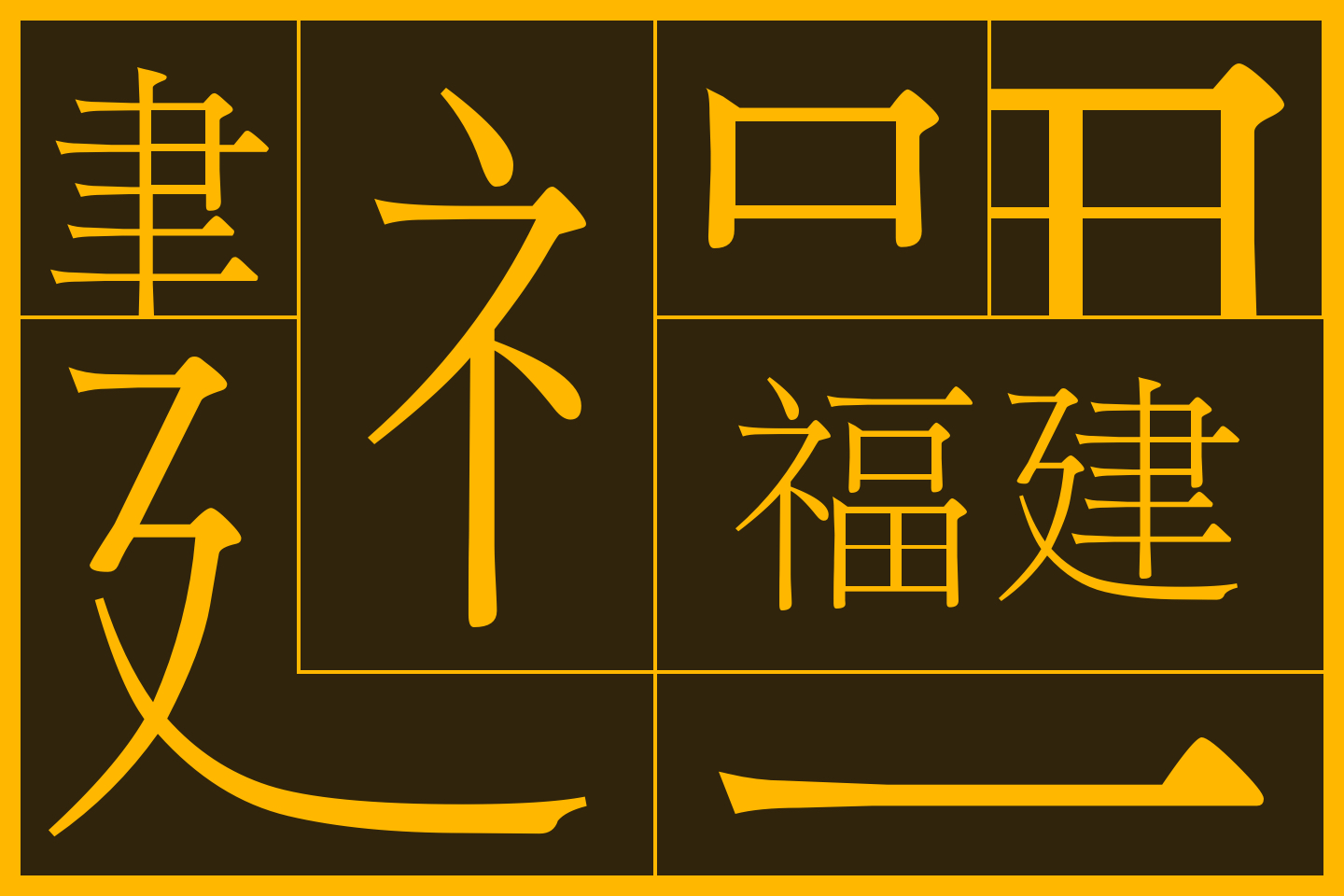
After our trip to Shanghai, we flew down to China’s Fujian province. Fujian is a coastal province north of Guangdong and across a 100-mile strait from Taiwan. It isn’t frequently visited by foreign tourists, unlike popular destinations like Beijing, Shanghai and Xi’an, but is quite popular among domestic tourists. This gave us a refreshing view of travel around China. We used Xiamen as a base, from which we traveled to nearby places via high-speed rail or bus.
Quanzhou
Our first day trip was to Quanzhou, one of the largest cities in the province. We were there primarily to see the remnants of Hindu temples carved by Tamil Indian merchants in the 13th century. Although the temples don’t exist anymore today, we saw fragments that were used to build the Kaiyuan Buddhist Temple and other pieces that are collected in the Quanzhou Maritime Museum.
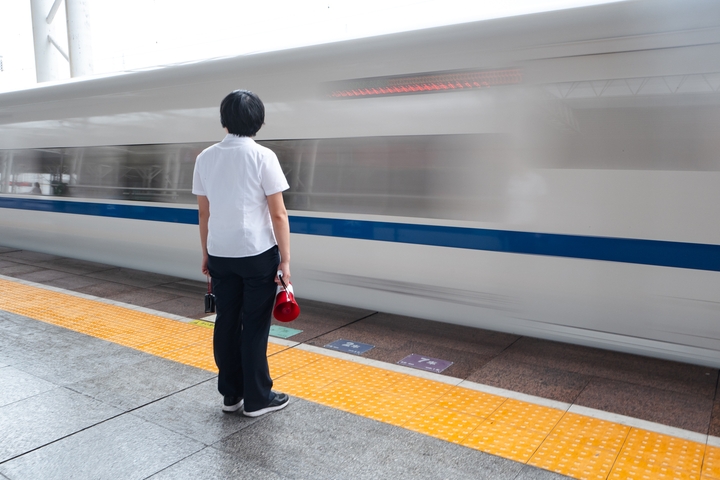
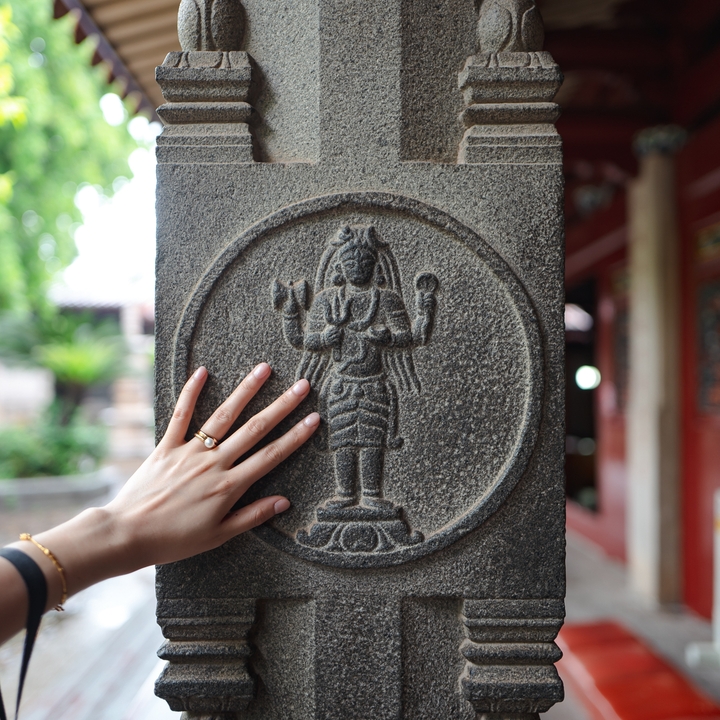
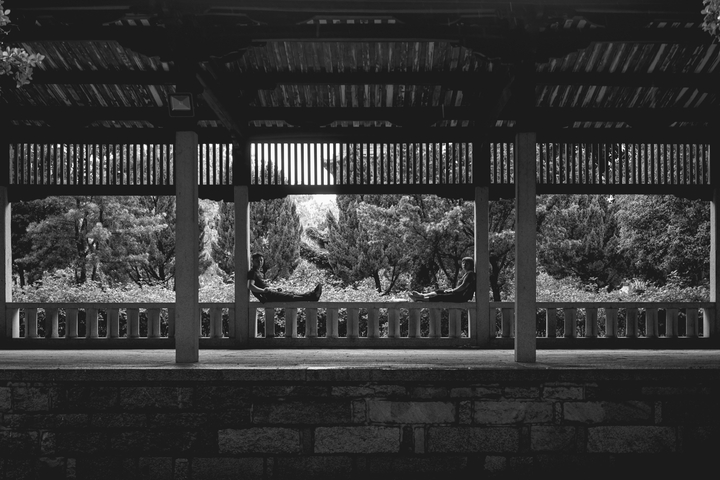
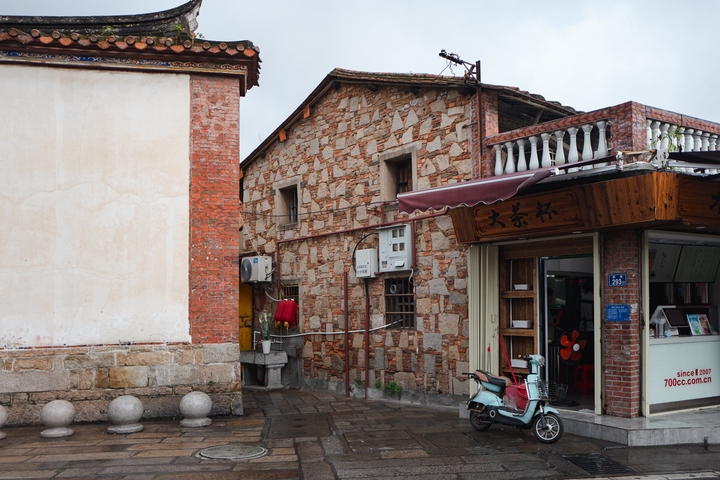
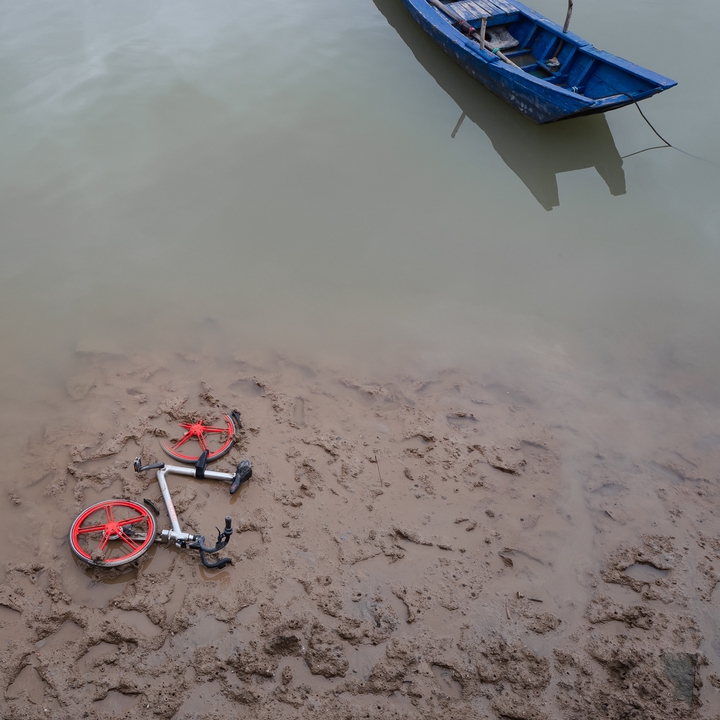
Fujian’s Tulou
Our next stop on the trip was Fujian’s Tulou. Tulou are large either circular or square, ring-shaped buildings. They are constructed from stone and earth mixed with sticky rice and covered in baked clay tiles. They were built mostly between the 12th and 20th centuries and 46 sites are considered a UNESCO World Heritage Site.
Tulou are a very fascinating form of communal housing. All rooms were built to the exact same standards. The residents of each Tulou usually belonged to one or a small number of related family clans. Individual families would own a single vertical slice of the building, avoiding the possibility of upper, “penthouse” rooms for richer residents.
Almost everything aside from a family’s individual slice of the Tulou, such as bathrooms, ceremonial spaces, farmland and public duties are shared communally.
We spent our day at one of the largest collections of Tulou, the Gaobei Tulou Cluster.
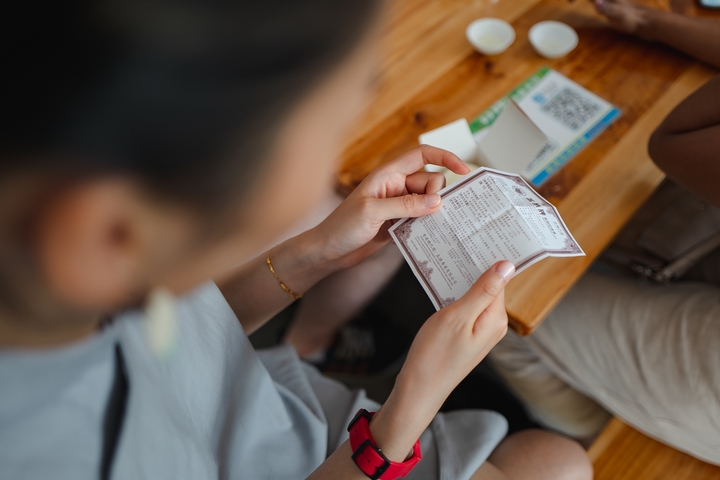
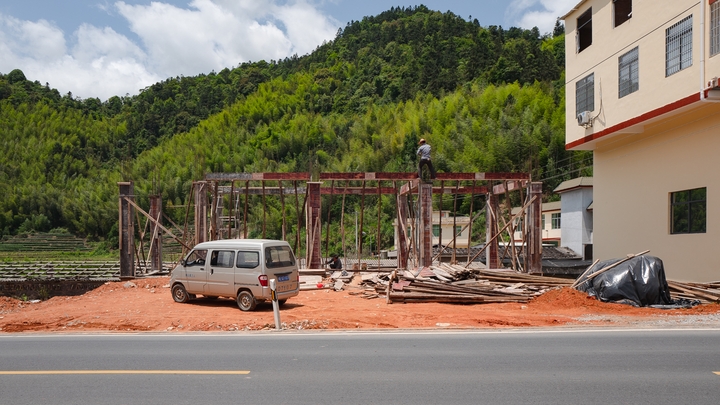
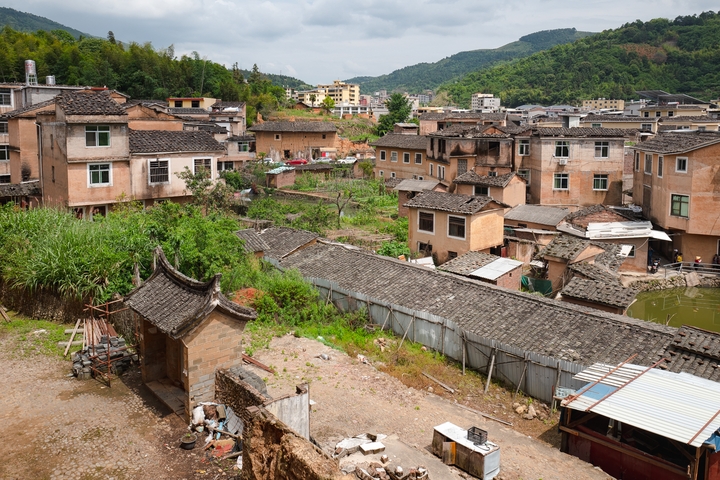
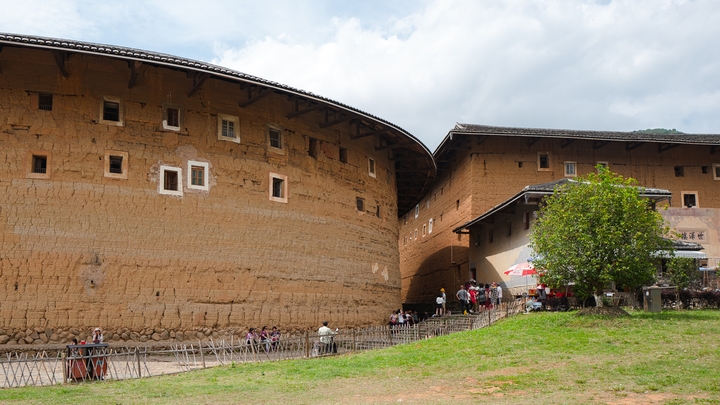
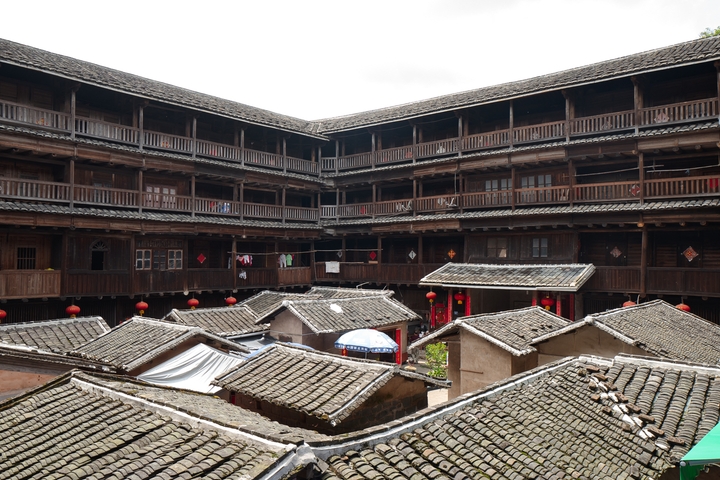
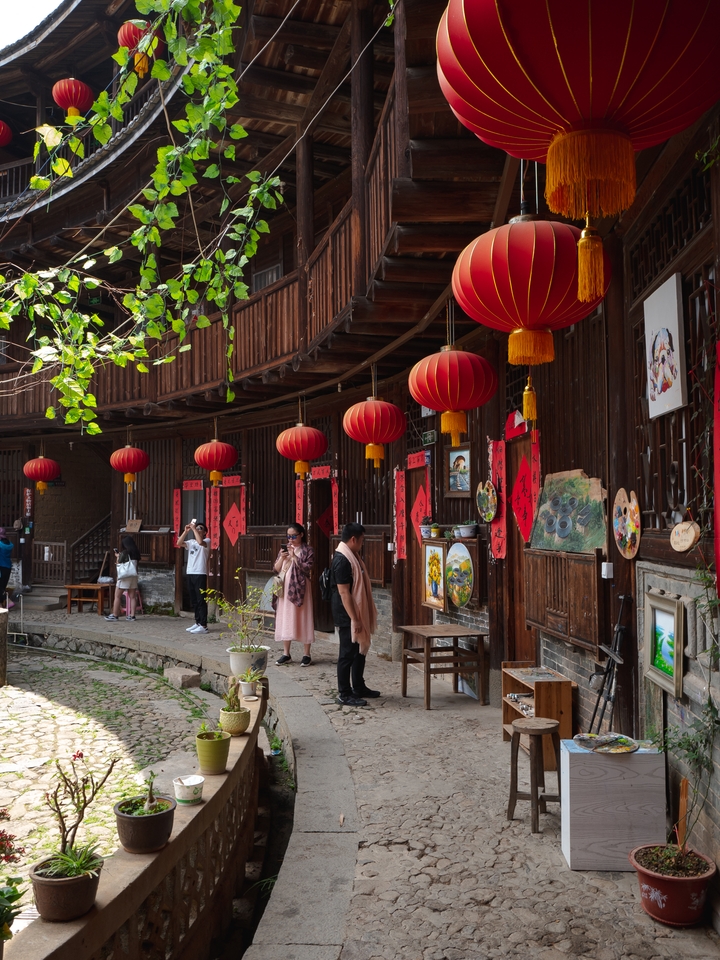
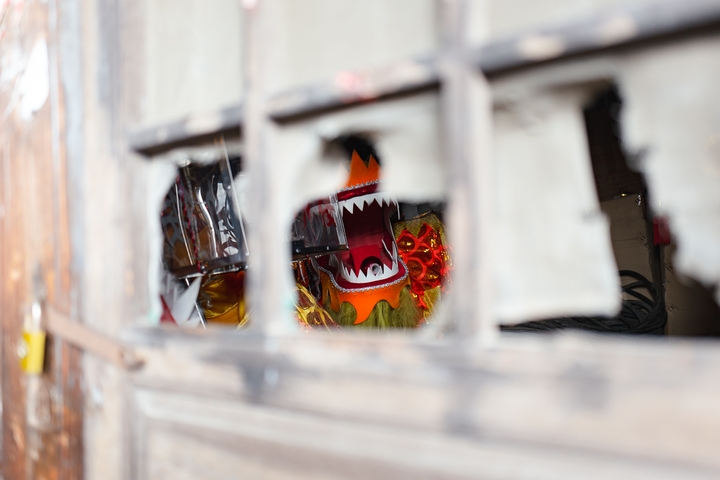
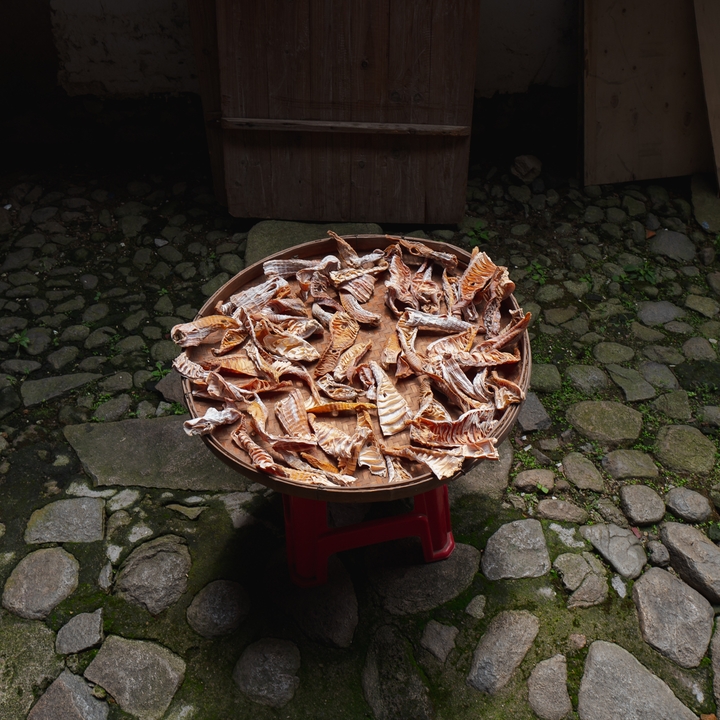
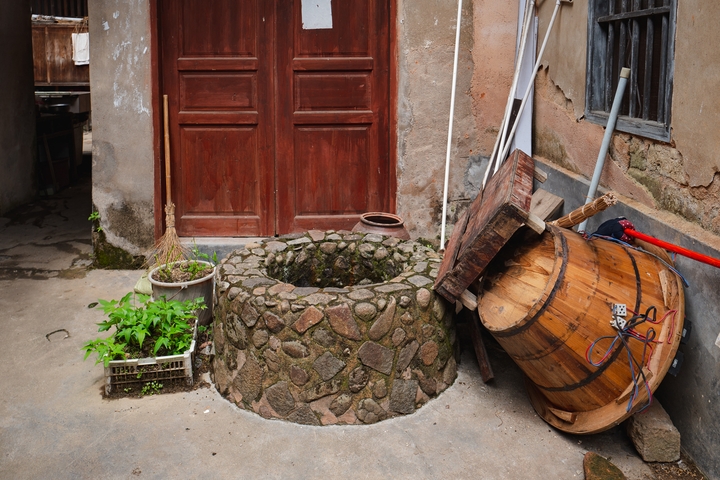
Gulangyu
Our last stop in Fujian was Gulangyu, another UNESCO World Heritage Site, this time right off the coast of Xiamen. In the late 19th and early 20th centuries, Gulangyu was occupied by 13 countries as a result of unequal treaties just like Hong Kong, Shanghai and Taiwan.
It’s extremely small, at less than 1 square mile in area. Don’t let the size fool you though. Gulangyu boasts the highest, AAAAA tourist rating by China’s Ministry of Culture and Tourism.
Gulangyu is accessible by ferry and is a pedestrian-only island. Vehicles, including bicycles, are restricted for the most part (with exceptions for very few electric buggies and government vehicles). Its winding streets and alleys twist and turn around hills and buildings in a variety of architectural styles.
While on the island, we found a quite useful feature on Baidu Maps that pieces together various attractions into walking tours of different durations. As we followed the route, it would track our progress and offer descriptions of upcoming stops.
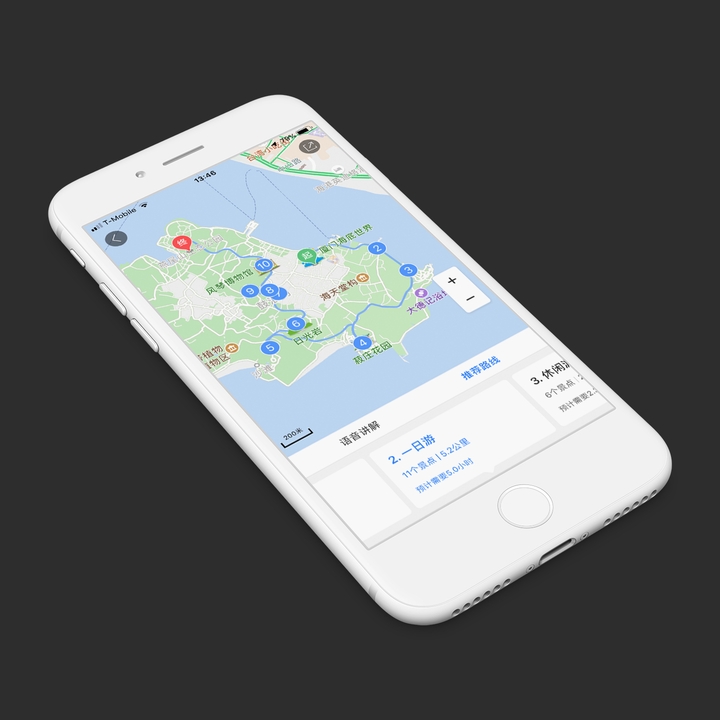
If you are traveling around China, I would highly recommend using this feature. Even if you don’t know Chinese, the interface is intuitive enough to use without reading the text.
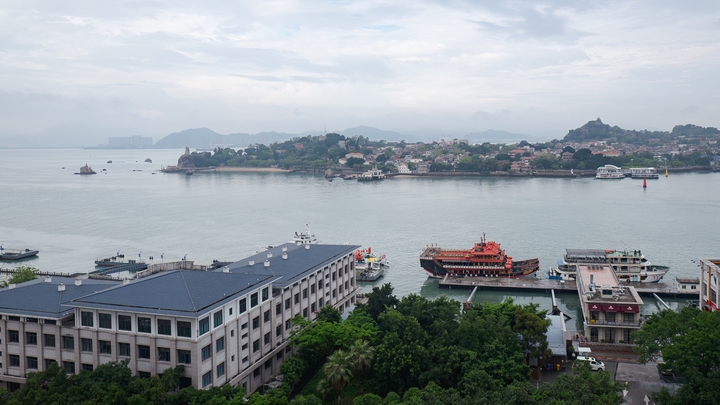
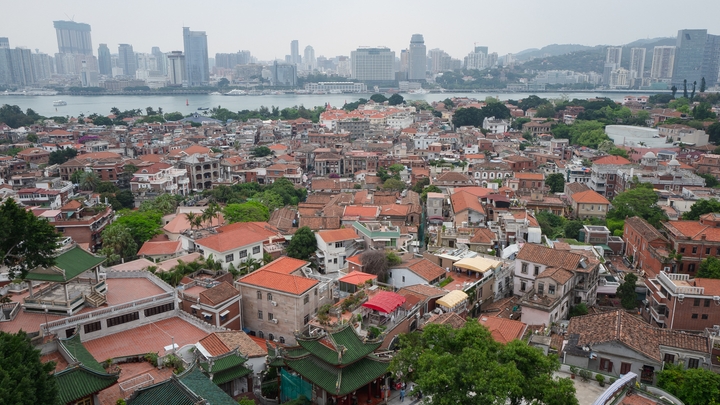
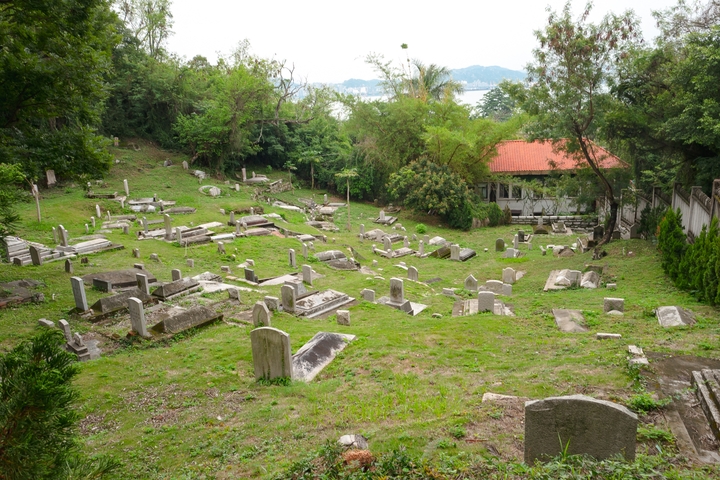
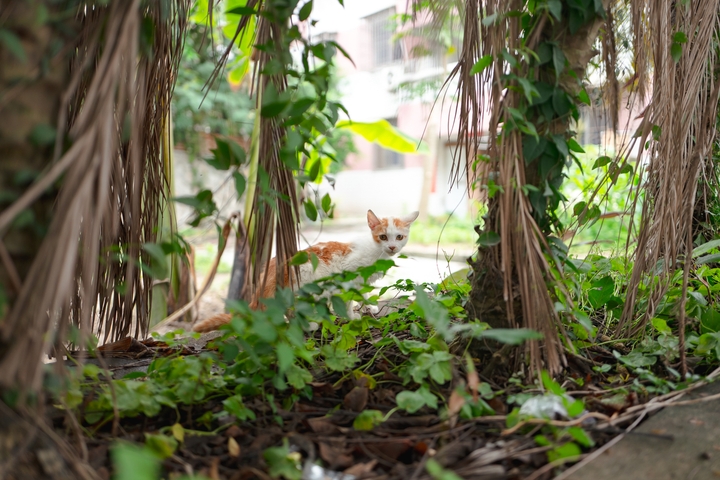
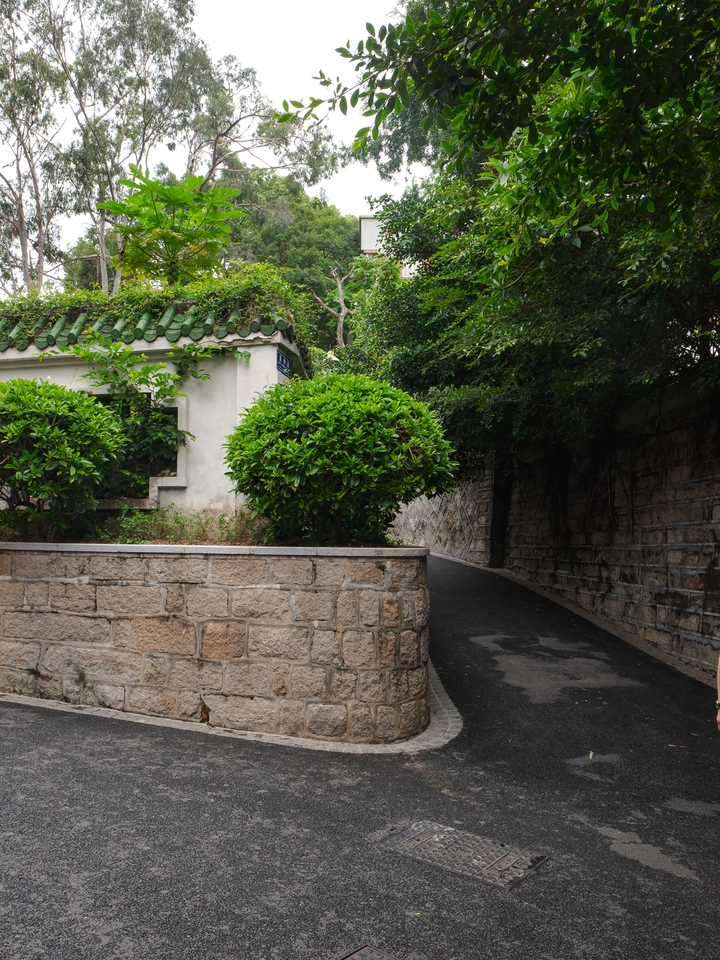
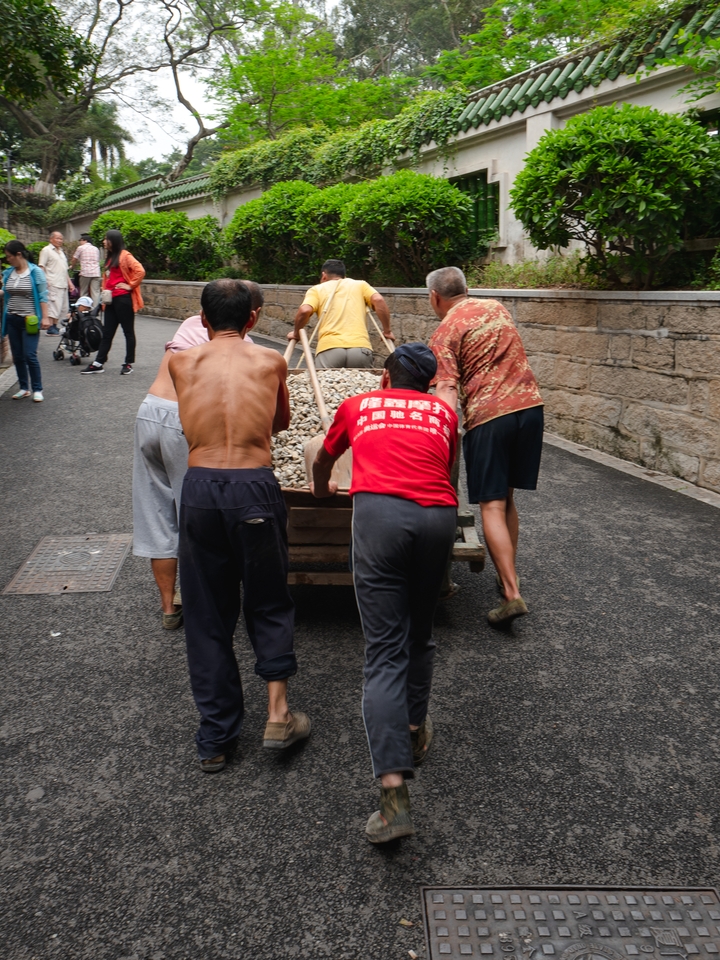
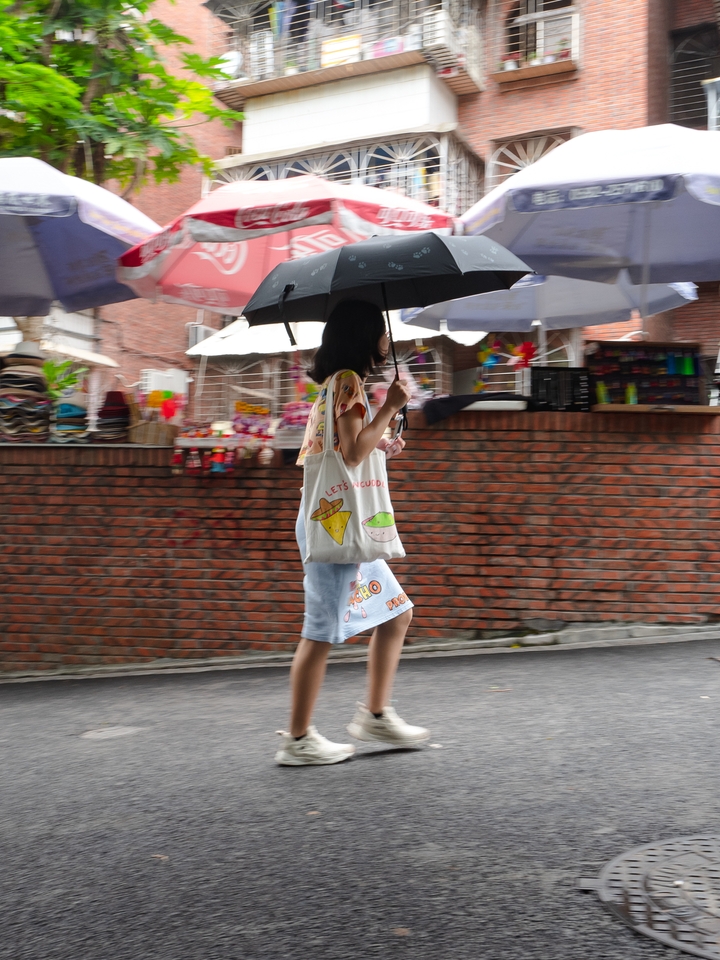
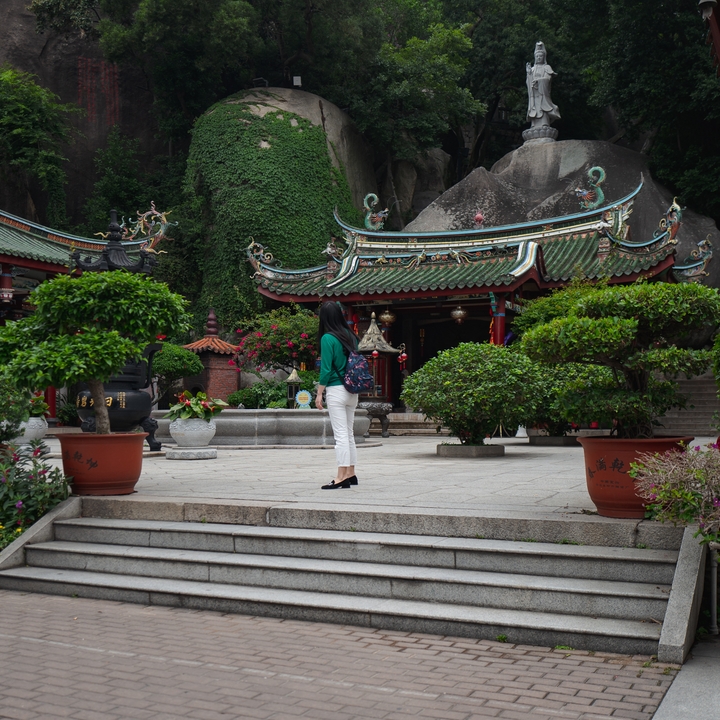
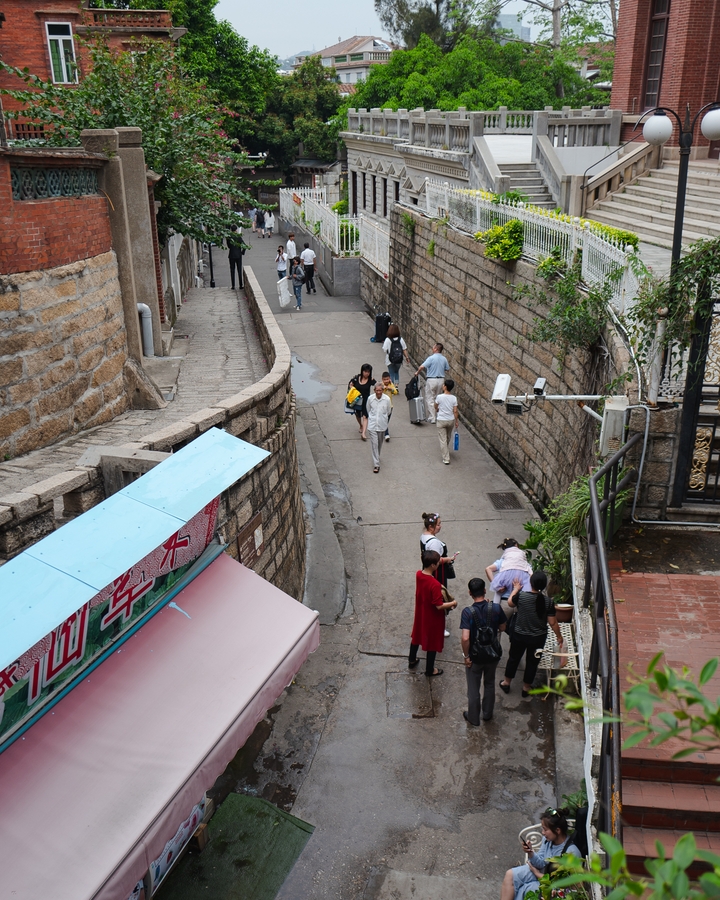
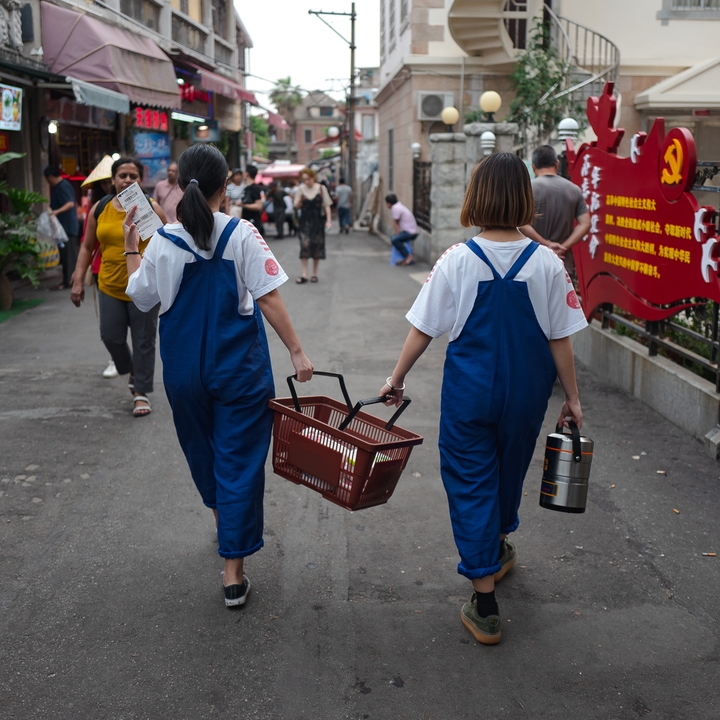
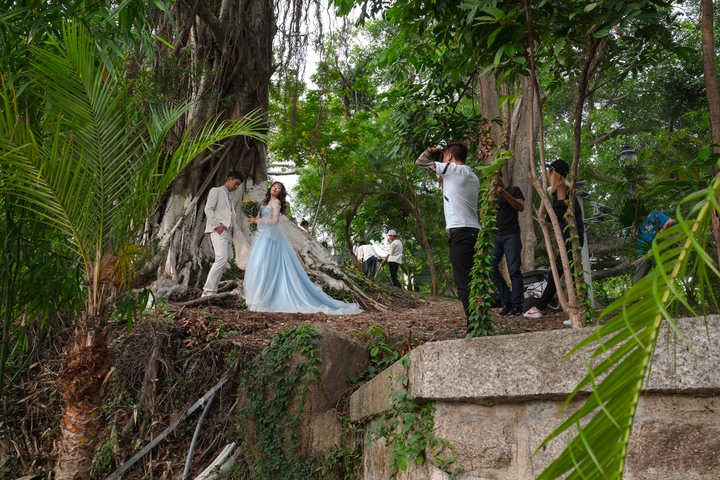
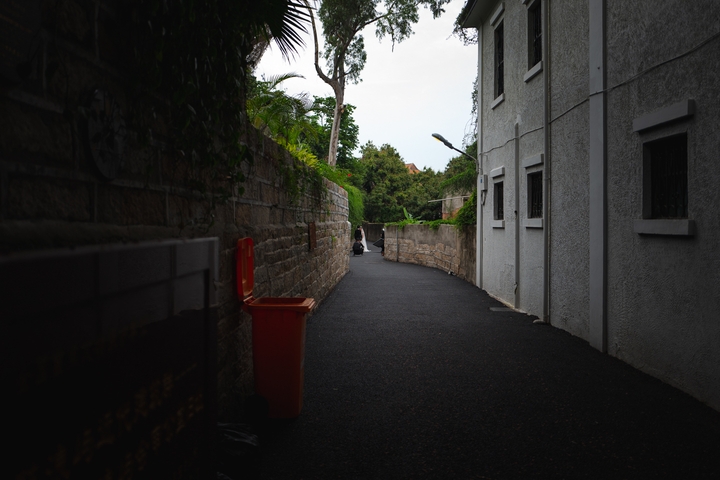
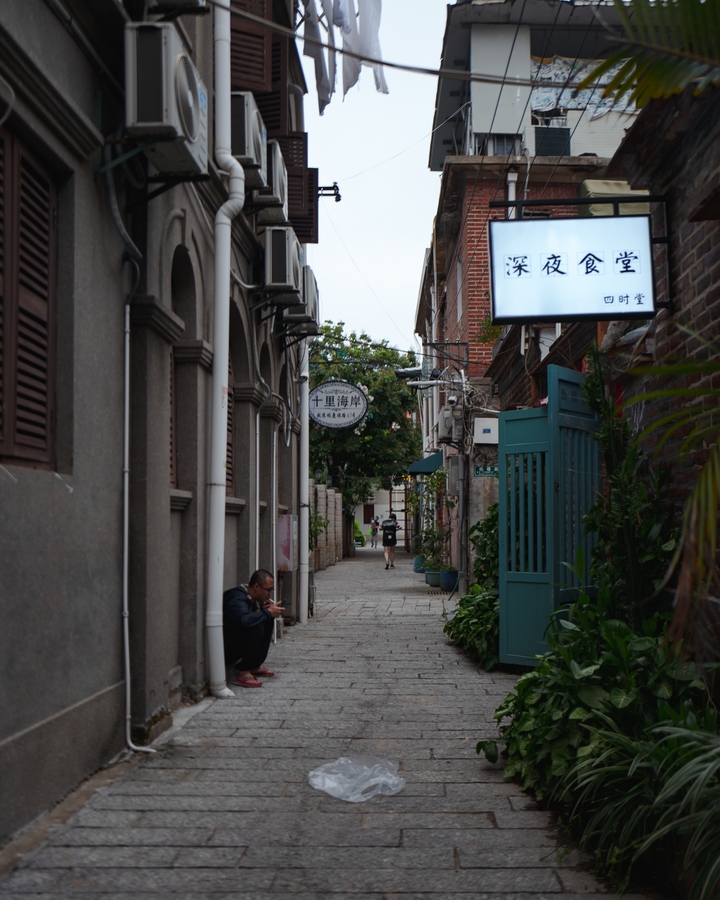
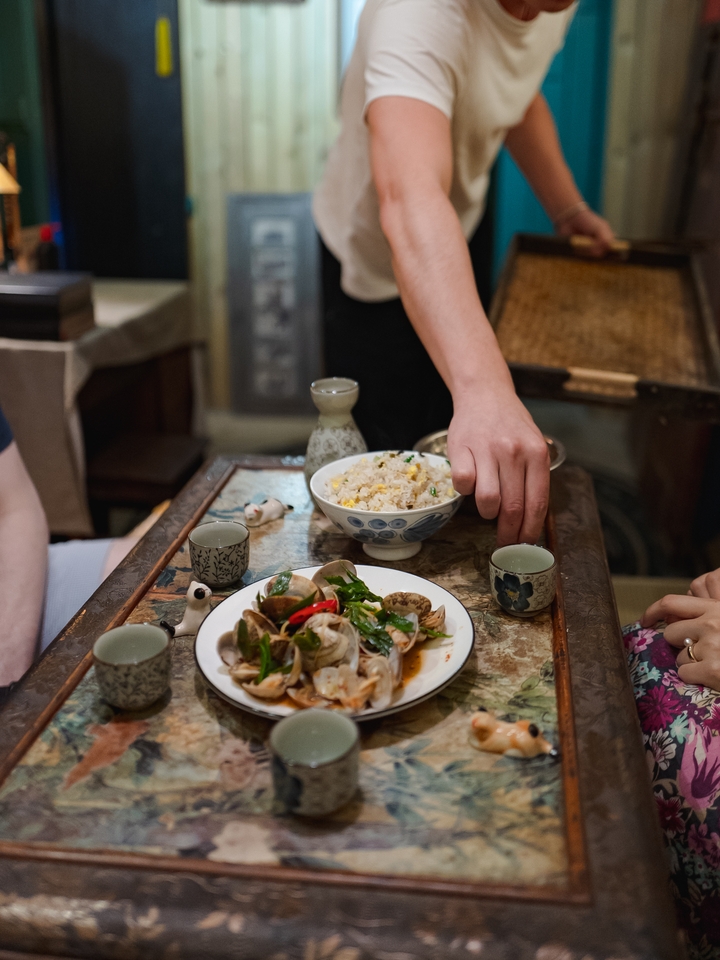
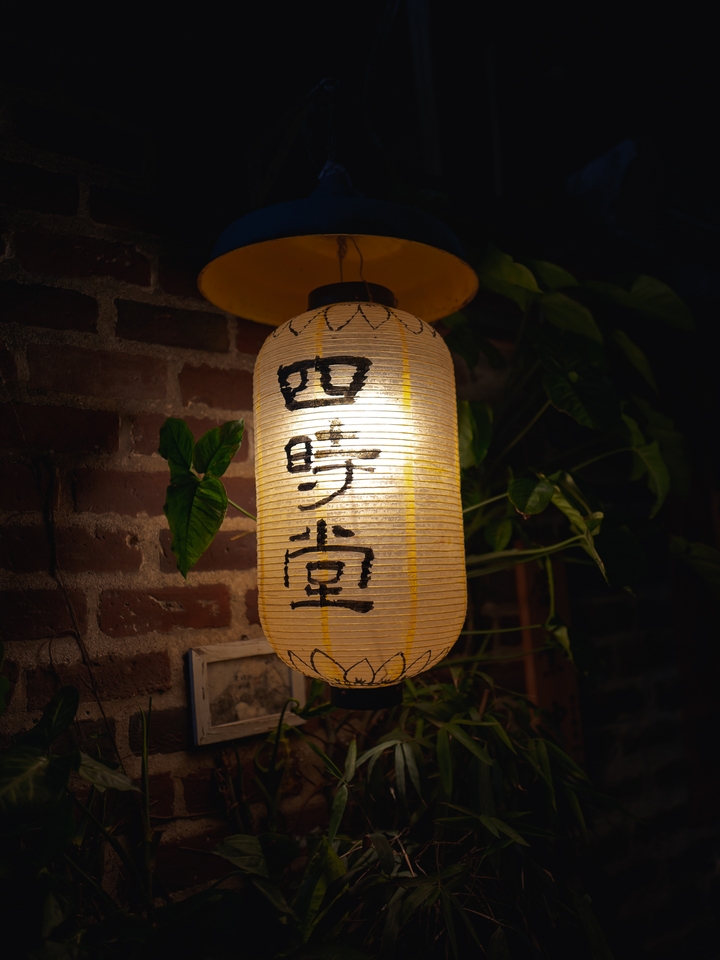
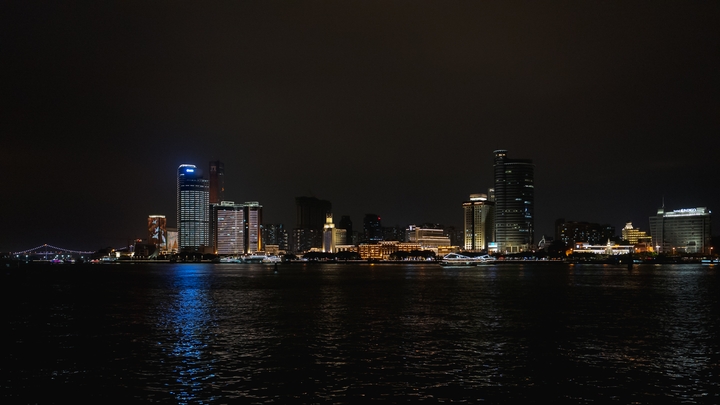
Thanks to Q for reading drafts of this.
